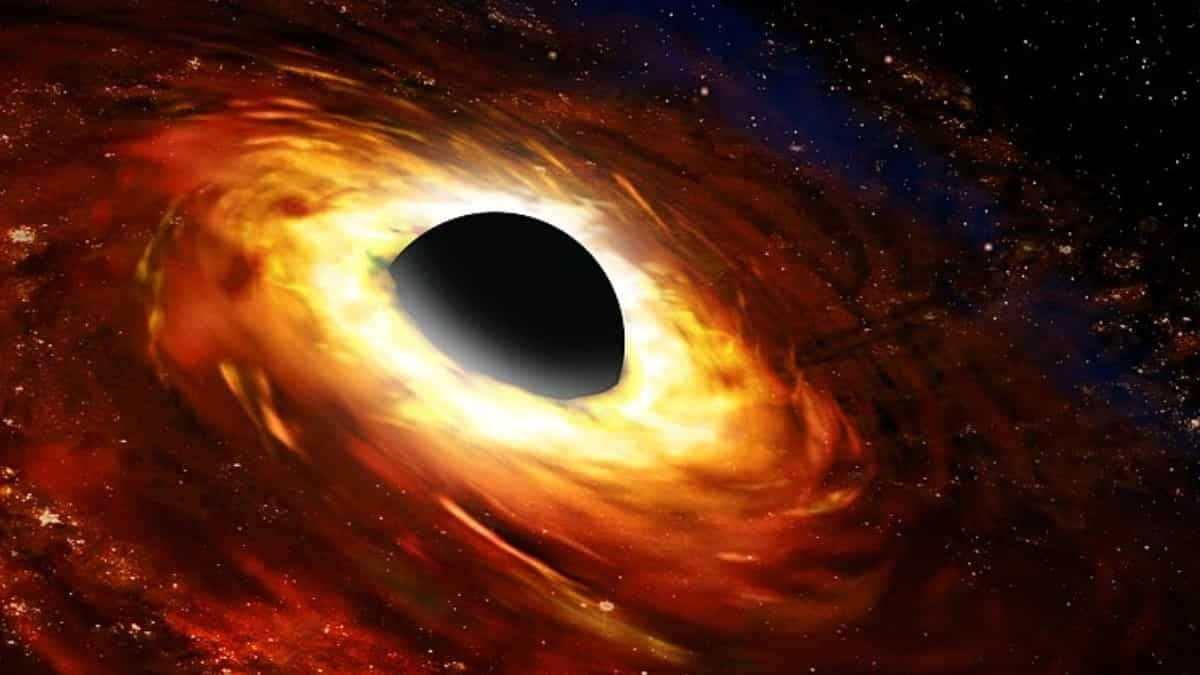
Milky Way's paradox: Why ancient stars appear younger than reality
What's the story
Stars near the Milky Way's center are challenging traditional theories of stellar evolution, recent studies reveal. Despite their advanced age, these stars appear younger than expected, a phenomenon researchers attribute to dark matter. "Our simulations show that if stars can collect large amounts of dark matter, this can provide a similar outward pressure, making the star stable due to dark matter annihilation rather than nuclear fusion," explained Isabelle John, an astrophysics doctoral student at Stockholm University.
Simulation insights
Here's what simulations suggested
The team's computer simulations have unveiled that these seemingly young stars are not as youthful as they appear. Instead, their bright glow is due to the energy released by colliding dark matter particles captured within them. Despite having exhausted their nuclear fuel, these stars remain stable thanks to the energy provided by dark matter particles. John explains that this unexpected source of energy allows the stars to defy conventional theories of stellar aging and evolution.
Observational evidence
High concentration of dark matter at galaxy's center
Further observations have revealed a higher concentration of dark matter at the center of our galaxy. The presence of this elusive substance in such abundance could explain why these stars, despite being quite old, appear much younger than they should be.